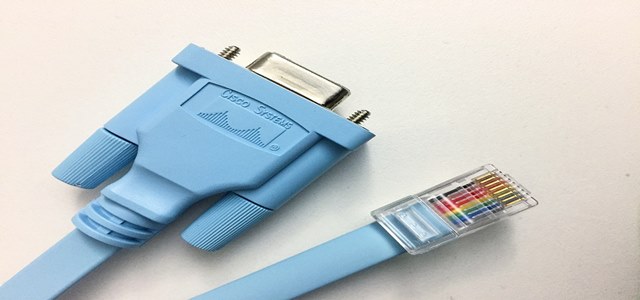As oil & gas companies and power plants gear to keep up with diverse application needs, power and control cable industry value is slated to gain a notable uptick. Leading companies are well-positioned to develop advanced and state-of-the-art solutions for downstream, midstream and upstream applications.
Legacy players are cashing in on the growing footfall of power cables which are used to control, regulate, measure or monitor industrial plants. Over the past several years, power cables have been trending in distribution networks of power utilities, in mines and industries.
Traction for power cables with low dielectric loss and high emergency load capacity has mustered up the confidence among stakeholders. In terms of annual revenue, power and control cable market size is expected to surpass US$170 billion by 2026.
Power cables are highly sought-after for the supply of subsea production equipment and offshore platforms, including electric pumps, pilot control valve and control pod. Favorable government approach has added fresh impetus to the landscape.
In November 2020, EU exempted a power cable connecting offshore wind farms in both Germany and Denmark from rules mandating a minimum capacity for traders. Power cables connecting two countries are mandated to make at least 70% of their capacity freely available to traders.
Companies are leaving no stone unturned to expand their footfall in untapped areas. Riyadh Cables Group Company is contemplating expansion of its corporate footprint in Bangladesh. Reportedly, the Saudi cable producer will infuse funds of around $30 million in the South Asian region.
Prysmian Group, headquartered in Italy, rolled out Sirocco High Density range of microduct cables in Q1 2020. Apparently, the new range will have fiber densities of up to 10.5 fibers per mm2, boosting fiber count cables to be rendered for standard microduct sizes.
Companies are boosting their offerings and one such instance stemmed from Nexans in June 2020 when it launched SHILINK for shipbuilding and offshore sectors. The company states that the new brand of cable solutions would include power, data and control cables.
Forward-looking companies are developing and innovating new technologies, products and services acknowledging environmental concerns, too. With environmental issues becoming one of the major priorities in oil and gas and utilities sectors, manufacturers of power cables are vying to effectively ward off greenhouse gas production and reduce noise emissions, while also saving on fuel costs.
Stakeholders are shifting their value chain proposition towards wind farm infrastructures, such as manufacturing of high voltage submarine cables linking offshore fields to power networks. With safety, productivity and uptime remaining top priorities, prominent companies will eye to diversify their product offerings by injecting funds in state-of-the-art equipment. In fact, power cables with zero halogens, low smoke, fire retardance and mud resistance capabilities have come to the fore.
Newer technologies are emerging which could be more efficient and economical for more effective utilization of generators and grid, less need for emergency power and less emission. Expansion of power cables will potentially influence the underlying revenue and profit pools.
